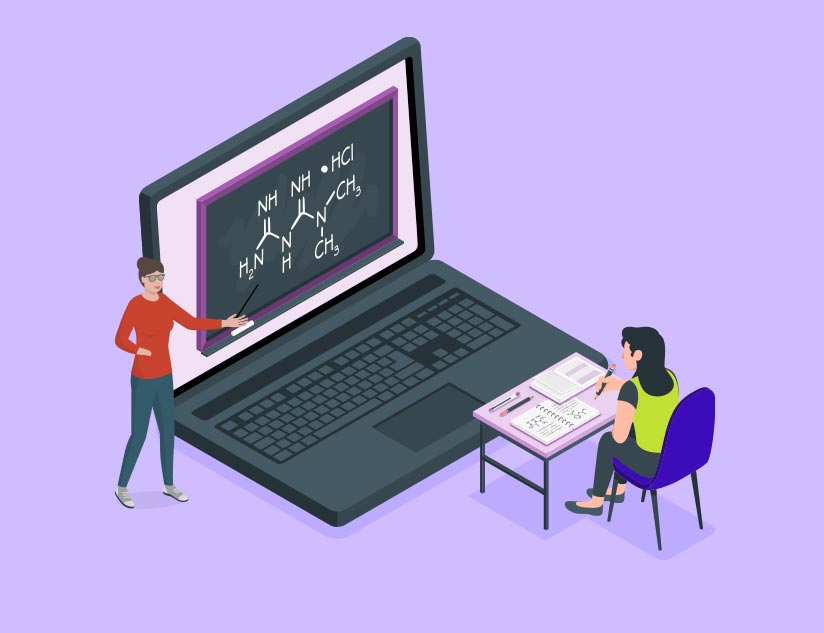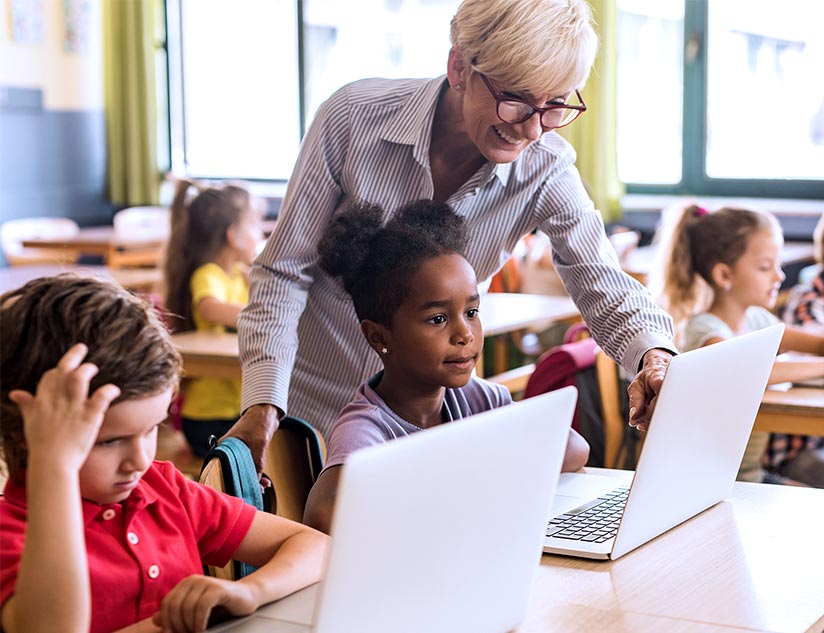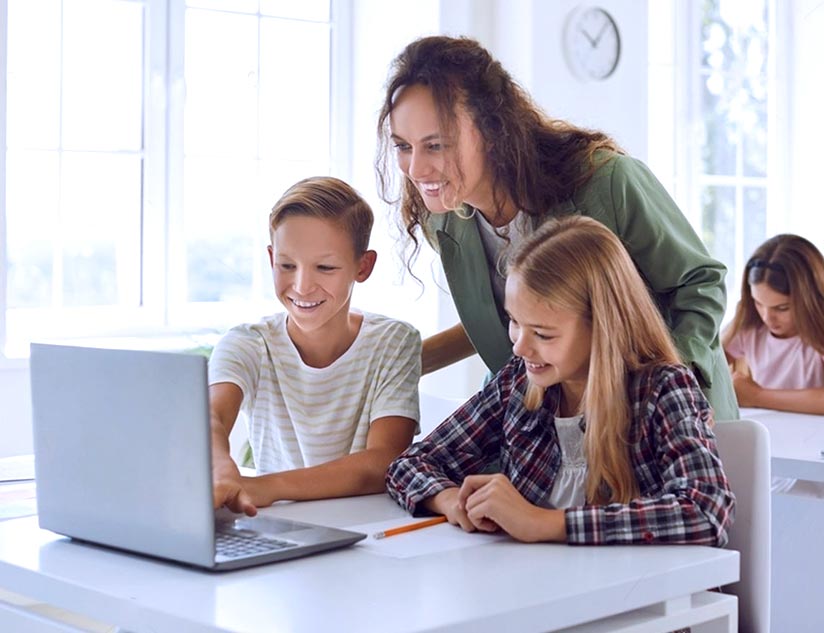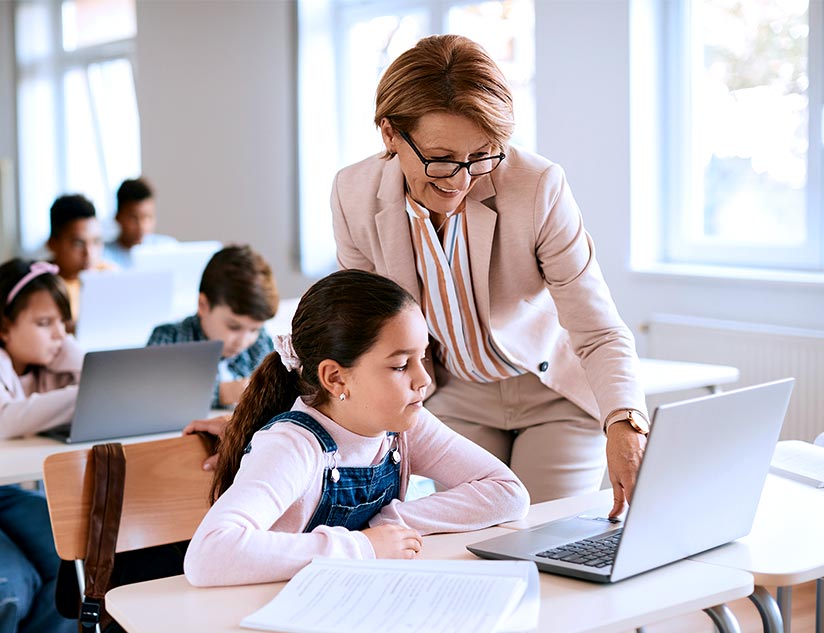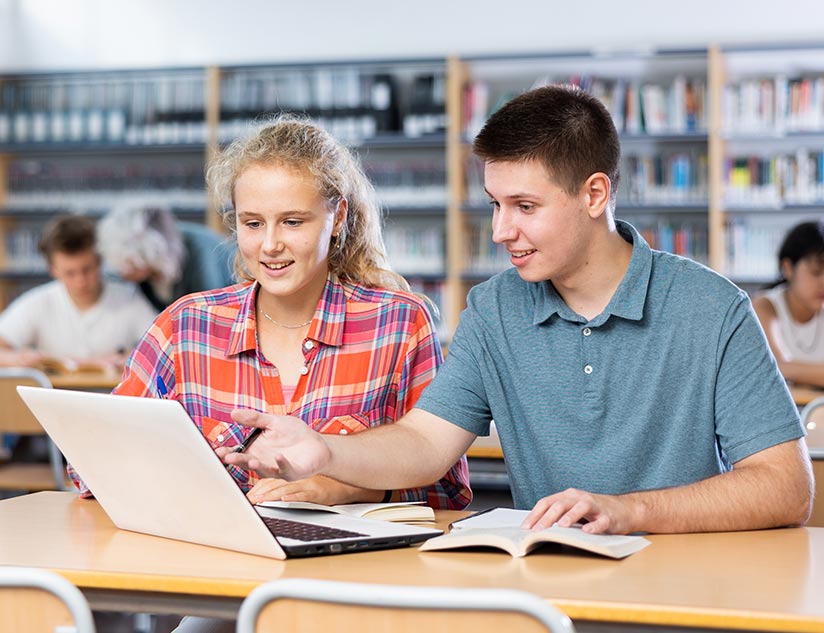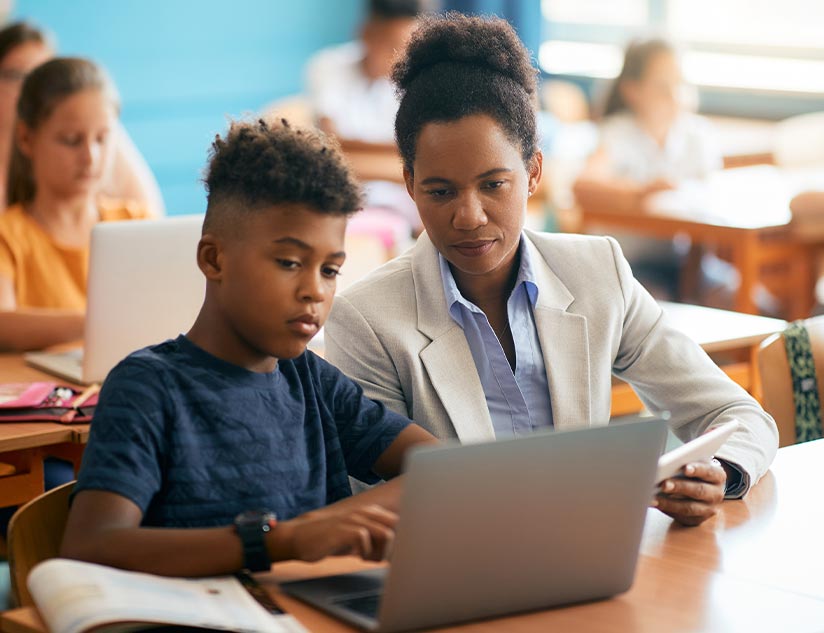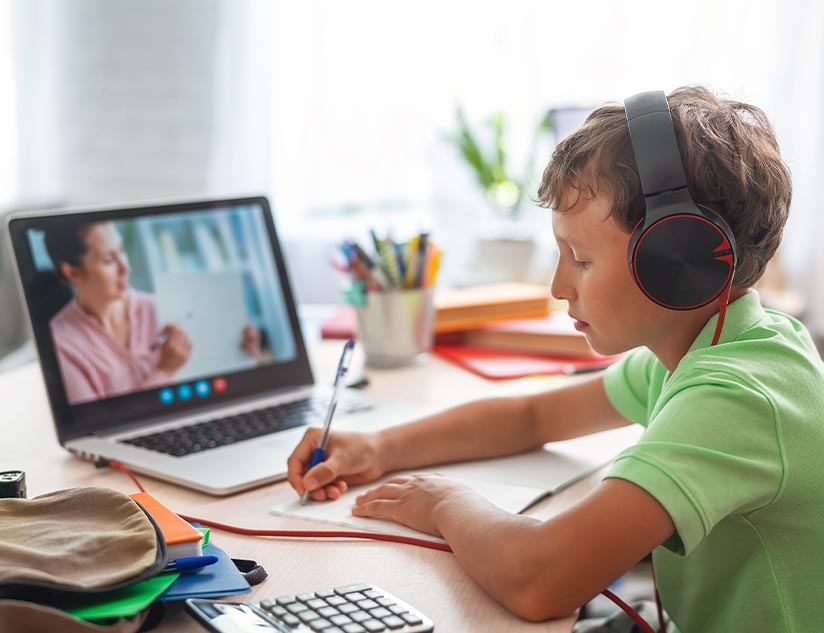Educators often observe learning gaps among students when a particular concept or subject is not fully understood by them. Such gaps have always been common in education. However, the outbreak of COVID-19 and the shutdown of schools have made it especially difficult for them. Although virtual classrooms were set up, the disparity in access to technology has unfortunately led to an increase in learning gaps.
This issue became a bigger concern for students who were let out from school early last year. They went through over 6 months of “downtime” before starting virtual classes in the fall. This amplified existing challenges for the most at-risk learners. As many schools and districts now turn to blended learning models, it is important to consider some measures to effectively tackle this issue.
The Severity of Learning Gap
As soon as the COVID-19 pandemic struck, it led to a historic shutdown of US schools in the spring. States and school districts were left helpless, and they speculated that the disruption could last anywhere from a few weeks to a few months. This further aggravated the issue of learning gaps. A recent study revealed that students, on average, could be behind by up to nine months in math. And, it could be even 12 months for students of color. This finding is largely supported by data released by individual districts, wherein schools are witnessing a sharp increase in the number of failing grades.
However, through these difficult times, educators have demonstrated their dedication by working within a continuous improvement framework for the future. Schools are now allowing students to attend classes in a variety of in-person, hybrid, and remote formats. They have learned a lot about what works and what doesn’t from the previous year. Take a look at some strategies that are helping educators reduce the learning gap among students.
Strategies to Close Learning Gaps
1. Identifying the Gaps
The first big challenge when addressing learning gaps is that students are often unaware of why they are struggling. The best way for educators to help such students is going back in the curriculum and revisiting areas that need extra work. Learning gaps have widened through 2020 and the curriculum can’t be aligned if these gaps aren’t addressed adequately.
For instance, if a student has not fully understood certain foundational concepts in Algebra 1, they won’t be able to grasp Geometry, since it is an already notoriously difficult subject area for students. As a result, these learning gaps will haunt schools in the form of poor exam results, especially among vulnerable subgroups. That’s why learning gaps must be identified at the right stage so that educators can plan personalized learning paths for students to gain clarity on relevant concepts.
2. Focusing on Equity
Every student should get equal access to the resources they need most to succeed in school and life. This provides educators the lens for making crucial decisions regarding professional development and instructional resources, including assessments in higher education. It also helps them in setting up the physical environment for both in-person and remote instruction.
The COVID-19 outbreak severely disrupted the country’s education system and widened the equity gap. It is estimated that nearly 35% of households in the country with school-age children and an annual income of under $30,000 do not have access to high-speed internet. On the other hand, hardly 6% of households earning $75,000 or more lack high-speed internet. These figures show the lack of opportunities for the vulnerable classes that adds to the learning gaps.
Some schools use a digital learning platform to develop customized learning materials for their students. They are recording their classes so that students facing network difficulties can watch them at their convenience. Not only is it easier and quicker to create content on a learning platform but such content is also in compliance with the COPPA and FERPA guidelines.
3. Prioritizing Social-Emotional Learning
Several studies have shown that students perform better academically when their social-emotional needs are met. That is why it is important to integrate social-emotional learning (SEL) into all aspects of schooling. SEL helps in improving teaching and learning outcomes by almost the 11th percentile. It is not only crucial for student success and happiness but also ensures the well-being of families and adults in the education system.
The COVID-19 pandemic has been stressful and mentally challenging for students. Some institutions are relying on digital learning platforms to ensure digital equity and take care of the social-emotional needs of the students. Such platforms offer multiple benefits like allowing educators to obtain comprehensive analytics about their students to understand their strengths and weaknesses, create adaptive and formative K-12 assessments, and provide personalized support to struggling students.
4. Personalized Learning
A personalized learning model adapts learning experiences to a student’s strengths and areas of improvement. It allows students to learn at their own pace and in their preferred style while reducing learning gaps. A robust digital learning platform can help achieve a high degree of personalization. It can also offer easy-to-administer formative assessments that allow educators to assess the current academic level of each student. This can help address the impact of interrupted schooling for students that desperately need accelerated intervention.
K-12 assessments are obviously an important tool for educators. However, it is important to create different types of assessments instead of a single summative one and ensure correlations between assessment types and skills. Rubrics or similar scoring schemes tied to learning can be used for learning assessments as well. Some educators even use video assessments to give personalized feedback to every student, using time-stamped video comments and text.
With the help of learning platforms, such assessments can be quickly created. They help in better assessing the potential and learning capability of each student and offer them the right opportunity to improve at each step.
MagicBox™ is a go-to digital learning platform that allows schools and educational publishers to efficiently create high-quality learning content, including K-12 assessments. It will help the blended learning environment work seamlessly for both students and educators. Contact us to know how we can customize the platform to meet your specific needs and overall strategic goals.

